

AMOR MEUS MAGAZINE SUMMER 2023

01 Welcome By:
04 What’s going on in Peru… By: Sr. Mirella Neira 02 Sister Spotlight: Sr. Matilda Fagan By:
05 Ministry Spotlight: CHRISTUS Santa
By:
03 The Chapel of the Incarnate Word By:
2
Content Details
Sr. Yolanda Tarango
Sr. Corine Walsh
Rosa
Jenny Reeves
Sr. Mary Henry
Congregation of the Sisters of Charity of the Incarnate Word
We are an apostolic, international, intercultural Congregation founded by Bishop Claude Marie Dubuis in 1869. The mystery of the Incarnation is the foundation of our lives and at the heart of our ministries. Dedicated to our mission “to make real and tangible the saving and healing love of Jesus, the Incarnate Word, by promoting human dignity,” we serve God’s people, especially those who are economically poor and vulnerable, through health care, education, pastoral and social services. In each ministry, we use our energy, expertise and resources to respond to urgent and evolving needs in society and we strive to promote human dignity, peace, justice and the integrity of creation. We currently serve in Chile, Colombia, Mexico, Peru and the United States.

General Leadership Team
Congregational Leader
Sr. Yolanda Tarango
General Councilors
Sr. Peggy Bonnot
Sr. Cecilia Zavala
Sr. Emilia Gracia
Sr. Leticia de Jesus Rodriguez
This is the second issue of the AMOR MEUS Magazine. It serves the CCVI family by providing readers with insight and information about the Congregation’s plans and how the Sisters continue to live the Mission. The magazine is published four times a year; twice printed and all four times sent electronically.
The seal of the Sisters of Charity of the Incarnate Word is the crown of thorns, pierced heart, cross and nails (at the top of the heart) which are symbols associated with the crucifixion of Jesus Christ, the Incarnate Word. The name Jesus, shown in the first three Greek letters of that name, HIS, symbolizes Jesus’ presence in the hearts of those who are His presence to others in the world. Amor Meus, the name of our magazine is Latin for My Love, and represents God’s love for us and ours for God.

Magazine. Issue 02|Summer 2023
AMORMEUS
Us: Update Mailing or Email address communications@amormeus.org
to CCVI www.amormeus.org/en/donate
Contact
Give
3
 Sr. Yolanda Tarango
Sr. Yolanda Tarango
4
Congregational Leader
Welcome!
I extend my warmest greetings and gratitude to all our friends reading AMOR MEUS and to our Sisters for sharing remarkable stories in our magazine. It is with great joy that we celebrate the milestone of Sister Matilda Fagan’s centenary, the splendor of the Motherhouse Chapel, our continuing journey at Santa Rosa, our first ministry, and the dedicated work taking place in Peru.
The establishment of Santa Rosa marks a significant chapter in our ministry’s history. Through unwavering dedication and commitment, we have been able to provide quality healthcare for over 154 years. The selfless efforts of our healthcare professionals, volunteers, and staff exemplify the true essence of compassion and mercy, reflecting the spirit of our congregation.
In commemorating Sister Matilda’s 100th birthday, we honor a living legend who has dedicated her life to God and to our congregation’s mission. Her steadfastness and devotion have been a guiding light for all of us, reminding us of the values we hold dear. We express our gratitude and admiration for her invaluable contributions and the legacy she leaves behind.
The Motherhouse Chapel stands as a testament to the beauty and magnificence of our faith. It has been a place of solace, prayer, and inspiration for generations of Sisters and the faithful alike. Its significance goes beyond its architectural splendor; it serves as a symbol of our unity and purpose as we continue our journey of service to God and humanity.
I look forward to continuing to share stories of our endeavors, as they inspire, uplift, and connect us in the fulfillment of our mission. Through these stories, we not only celebrate our achievements but also strengthen our resolve to face the challenges that lie ahead.
May the love of the Incarnate Word inspire and guide us as we forge ahead in living our Mission, spreading hope, healing, and compassion.
Praised be the Incarnate Word!
Sr. Yolanda Tarango Congregational Leader
5
Sister Spotlight: Sr. Matilda Fagan
 By: Sr. Corine Walsh
By: Sr. Corine Walsh

(Psalm 118:24)
This scripture quote flows easily from the hearts of the Sisters of Charity of the Incarnate Word as they celebrate the one hundredth birthday of Sister Matilda Fagan, CCVI.
No, Matilda is not in a wheelchair. Matilda is not even using a walker, but under her own steam she graciously roams through the halls of the Village at Incarnate Word spreading joy, laughter and blessings.
Sister Matilda was born on August 8, 1923 in Ballymahon, County Longford, Ireland where she was surrounded with love and security. At an early age, she began her education at the Mercy Convent School. Here she was exposed to the great authors of Ireland and elsewhere, creating in her a love for literature that remains with her to this day.
Along with her love for learning, Matilda had a desire to impart her gifts to others and felt that God was calling her to serve as a Sister of Charity of the Incarnate Word. She entered the Congregation in Dunmore, County Galway, eager for the Atlantic crossing to San Antonio, Texas where she would begin her preparatory training. However, God had other plans. World War II postponed that journey for seven more years. She and her companions studied in Dunmore, received the religious habit, professed their vows, and finally arrived in San Antonio in January 1946.
“This is the day that the Lord has made; let us rejoice and be glad in it.”
6
Sister Matilda, or Matty, as she is lovingly called, soon found herself deep in the teaching-learning environment. She taught in many schools from grade school to high school to university, instilling in her students that same love for learning that she first learned at her parents’ knees.
Today one can find her greeting the newest arrival at the Village, regaling another with one of her many stories and jokes, visiting the ELDERLY Sisters in the infirmary or enjoying a cup of tea with a slice of good bread and jam!
Sister Matilda Fagan is truly unusual. When asked how she keeps her sense of humor she just smiles, thinks for a moment and says IT IS JUST INSIDE OF YOU, following up with:
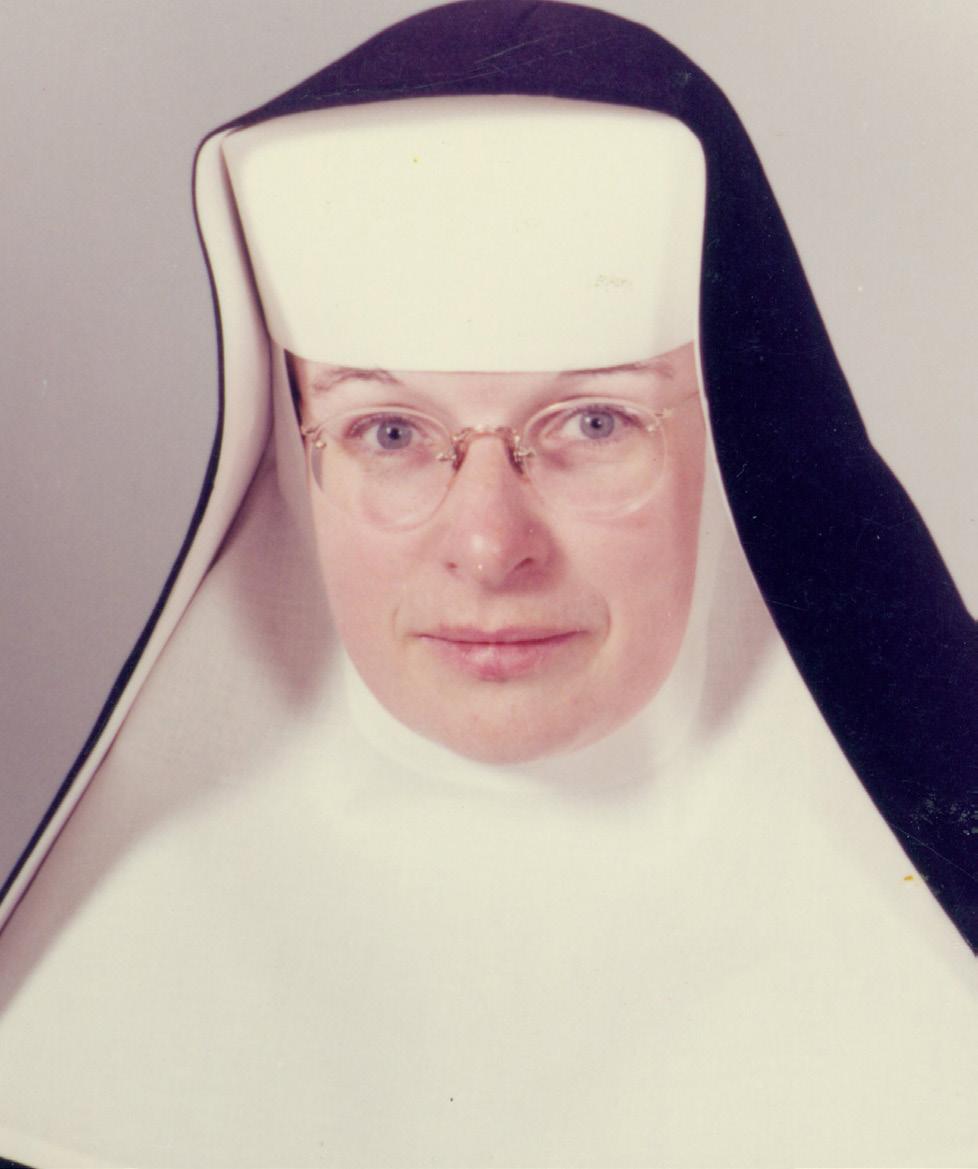
Have you had a kindness shown, pass it on; ‘Twas not meant for you alone, pass it on. Let it run along the years; Let it dry another’s tears; Till in heaven it appears – Pass it on!
Matty’s joy is equally matched by her caring and generosity. She can arrive at a Sister’s door at 6:00 in the morning with a steaming cup of coffee, or she can amble over to Central Market to get another that special something she just happened to have heard she needed. If Matty can do it, it will be done.
Sister Matilda finds God in everyone and in everything. She is equally at home in the garden with the birds, the bees and the butterflies as she is in the chapel.
When asked if she would choose her same life over again, she paused, thought a minute and then with a grin said: Yes, I would, but I would make some changes!
Thank you, Matty for a life well lived, for the gift you have been to the Incarnate Word Sisters and the countless others who were fortunate enough to know you.
Happy 100th Birthday!

7
The Chapel of the Incarnate Word
By: Sr. Mary Henry
“The view of the interior from the main doorway is one of exquisite beauty; fourteen columns of scagliola, with gilded Romanesque capitals, support the vaulted ceiling of embossed metal. Fourteen stained glass windows, every one a gem of art, shed a mellow light over the whole. Round the rear wall of the sanctuary runs a scroll bearing the legend: O Mysterium Ineffabile, O Charitatis Sacramentus Admirabile, Hic Est Panis Vitae. Hic Est Cibus Animae.
Truly the architect’s skill, the painter’s art, and the weaver’s deftness had been employed in making the dwelling of the Eucharistic Emmanuel a veritable ‘House of God and a Gate of Heaven.’”
Thus the first public viewing of the Chapel of the Incarnate Word was described by the Southern Messenger on June 7, 1907. Today, anyone might describe the Chapel in exactly the same words. Previous renovations, the last being in 2007, have been faithful to the original design of Rev. J.G. Bednarek of Chicago, and Mother Madeleine Chollet.

The Chapel of the Incarnate Word derives its long history from three French Sisters who came to Texas in 1869 from the Monastery of the Incarnate Word and Blessed Sacrament in Lyon, France. They came, answering a call from then Bishop of Galveston (Texas) Claude Marie Dubuis, to assist in the care of the citizens of San Antonio who were suffering in the aftermath of the American Civil War, and from two different cholera epidemics. Despite challenges and meager resources, Santa Rosa Infirmary was opened to “all persons without distinction of nationality or creed, or ability to pay ”
A mere 25 years later, the number of Sisters had grown to over 450 members. The Congregation went north of the City and purchased almost 300 acres from philanthropist and prominent citizen, Colonel George Brackenridge. The Sisters and students from Incarnate Word School relocated to Alamo Heights and moved into Brackenridge Villa. Planning began immediately to construct a Motherhouse. Once occupied in 1900, plans began for the construction of the Chapel; ground was broken on January 6, 1906.
F.B. (Frederick) Gaenslen was selected as architect; August Fuessel was named the contractor, and Theodore Engelhardt, who supervised the building of many of the congregational schools and hospitals, was named building superintendent.
8
Designed in the Romanesque style, the completed structure was an imposing edifice in the surrounding area. It was built of red brick with white limestone facings. The towering steeple with four trumpeting angels was at one time the highest structure in the city, and the landmark could be seen from all directions.
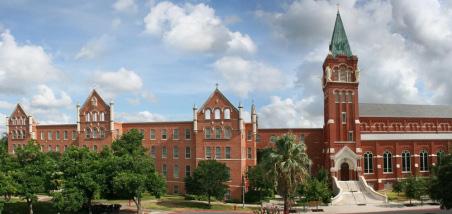
The altar was donated by longtime friend of the Congregation, Dan Sullivan, in memory of his mother, Annie Cotter Sullivan. The stained glass windows, designed and installed by Emil Frei Art Glass of St. Louis, Missouri, were also donated by other friends of the Sisters, including students, Bishops, and the architect and designer of the Chapel. (Of interest, the family of San Antonio Archbishop Gustavo Garcia-Siller also donated one of the windows.)
The original design of the interior incorporated many small light bulbs which lined the insides of the two great arches, the ribs of the semicircular dome, and the side altars. Rings of lights encircled each of the columns. A pulpit was attached to the first column on the left.
In preparation for the centennial of the Congregation, the Chapel underwent repairs and alterations to meet the liturgical directives of the Second Vatican Council. The principal change involved moving the high altar forward so that the priest could face the assembly. At the same time, the marble altar rail, which had divided the sanctuary from the nave, was removed. Four statues of founders of religious orders of men - Augustine, Benedict, Francis, and Ignatius - were removed from the niches behind the high altar. (These statues are safely housed in the Heritage Room, part of the Congregation’s archives.) Air conditioning was installed. The Chapel was closed in 1985 for major structural repair for which a Preservation Campaign
was organized. The Chapel was solemnly reopened October 21, 1992, the anniversary of the occupation of the first house by the three founding sisters in 1869. The architect was Jack Duffin and Guido Bros. Construction was the contractor.
On the centennial of the Chapel in 2007, the second major renovation of the Chapel occurred. Major changes included a redesign and expansion of the sanctuary, a new altar, marble flooring throughout, repainting, new lighting, installation of a new sound system, and upgraded air condition system. As part of this project, a new pipe organ was designed and installed by the Schoenstein company. This organ is the third instrument housed in

9
the Chapel, the first being a harmonium, placed in the Chapel when it was built. The Schoenstein is an electric-pneumatic action instrument with 24 voices in 27 ranks; there is a small manual organ in the sanctuary linked to the gallery organ in the choir loft. Other architectural and artistic additions to the 2007 renovation include: the creation of a Eucharistic Adoration Chapel on the south side of the sanctuary; installation of carvings depicting our history and spirituality now fill the space once occupied by statues; the emblem of the Congregation in the floor greet the visitor as one enters the Chapel; paintings in oval medallions of the national flowers of the countries that are significant in the life of the Congregation – the Iris (France), the Cantua (Peru), the Calla Lily (Mexico), the Bougainvillea (Zambia), the Shamrock (Ireland) and the Bluebonnet (Texas/ the United States). These flowers are also present in the new stained glass surrounding the tabernacle in the Eucharistic Adoration Chapel.
Housed in the steeple tower is a massive bell, cast in Belgium, that is rung on special occasions, and regularly when a Sister has died and is being buried. The bell has two ringing modes: a somber striking ring, and a swinging rhythm ring. The bell is inscribed with its dedication to God’s service, and its names: John, Claude, Anthony, Pierre, Ignatius, and Madeleine, representing the city, the Bishop, the founding Bishop, and the first founding Sisters.
More and more, music performers of every kindvocal, chamber, organ, solo instrumentalists – are experiencing the joy of making music in the Chapel. The acoustics of the Chapel embrace and enhance the sonorities of every kind of music. The acquisition of a rebuilt 1955 Steinway grand piano, makes the Chapel one of the most appealing performance venues for classical and worship music. For the audience, attending a concert in the Chapel is a feast for the eyes and ears.
There are many other features of the Chapel that, combined, offer an overwhelming impression on the

visitor. For the Sisters, however, the Chapel’s appeal is more personal. The Chapel of the Incarnate Word is the symbolic center of our international Congregation, and our primary place of private, corporate, and public prayer. The Chapel was, for most of us, where we were welcomed into the Congregation. It is where we professed vows, and where we renew them, on August 15 every year. It is where we celebrate the major feasts of the Congregation, including Jubilees (when Sisters celebrate vow anniversaries of 25, 50, 60, and 75 years of commitment). And it is to the Chapel where Sisters are brought when they die, to be sent to our loving God.
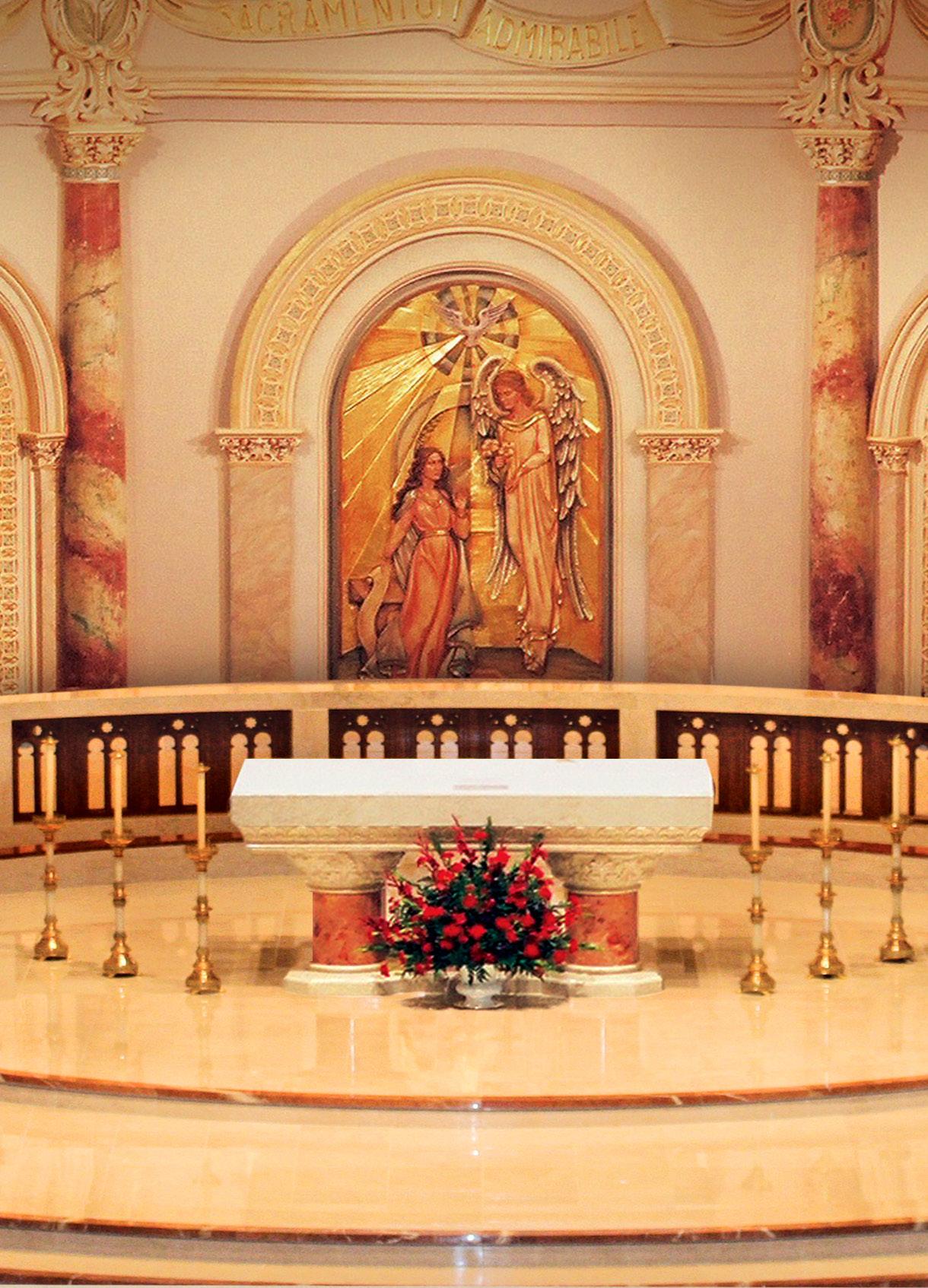
“We use the arts to celebrate our spirituality, affirm our identities, and bring joy! The Arts are not a luxury but a vital part of our experience that opens hearts and minds and allows us to use our gifts and abilities to better the lives of others.”
10
The Chapel space is so completely familiar to our Sisters, that when the 2007 renovation was completed and one of the Sisters began to pray the Stations of the Cross, she knew immediately that the Stations had been reinstalled incorrectly. (The first station should begin on the southeast side of the Chapel, proceed in a horseshoe, and end on the northeast side of the Chapel.) The Chapel was the place of daily prayer for the Sisters who lived in the Motherhouse - daily rosaries and Mass, and the praying of the Office. Each Sister had her own stall, where she kept her rosary, spiritual reading, and her copy of the Divine Office. When our first Sisters came from the monastery in France, they brought their style of prayer with them. Consequently, seating in the Chapel consists of stalls that face each other, facilitating the praying of the Office. (The praying of the Divine Office consists of the recitation of the Psalms in choirs, or antiphonally.)
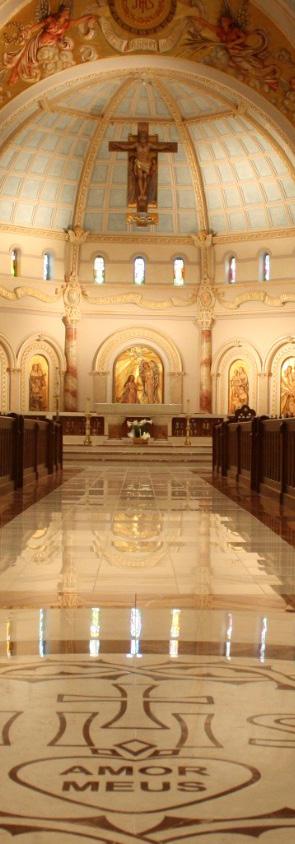
In addition to regular Sunday Masses (and other eucharistic celebrations) and concerts, members of our sponsored ministries often gather in the Chapel to celebrate significant moments in the life of their ministry. The Chapel is the site of commissionings, pinnings, receiving of graduation rings, missionings, and on-and-on. Those who have formed a significant relationship with the Congregation can be married in the Chapel of the Incarnate Word. Most often, either the bride or groom has graduated from the University of the Incarnate Word, or ministers in one of the CHRISTUS hospitals.
While the Chapel is the convent (Motherhouse) chapel of the Sisters, we recognize that it belongs to all our ministries; indeed, it belongs to everyone. We maintain and guard the Chapel, but we do so as stewards of a treasure that is cherished by many. It is a treasure for its beauty, seen in all the visual elements, but also heard, when instruments and the acoustics created by those same elements somehow collaborate and create. It is a treasure because of the memories that it holds for Sisters, especially, but for families and friends who have made their own memories of quiet solitude, prayer, celebration, and peace.
As the writer in the Southern Messenger wrote in 1907, the Chapel truly is a “House of God and a Gate of Heaven.”
11
(Genesis 28:17).
What’s going on in Peru…
By: Sr. Mirella Niera


In response to an appeal from Rome in the early 1960s to religious congregations in the United States to send Sisters to serve the religious, educational, economic and social needs of the Latin American people, six Sisters from our Congregation volunteered to go to Peru to establish a new mission there. They arrived in Chimbote, Peru, on December 19, 1964.
The Sisters devoted themselves to serving the people through health, pastoral, and educational ministries. A year after their arrival, they opened the Santa Clara Medical Clinic to care for the health needs of those most in need.
The Santa Clara Medical Clinic, now part of Sistema De Salud Verbo Encarnado (the Incarnate Word Health System) continues to serve the neediest, with additional specialties and services available to help the community of Chimbote and surrounding areas.
We continue our ministry in the San Felipe Chapel, part of the parish of San Francisco, offering catechism classes to children and young people, and visiting and supporting families in the community.
12
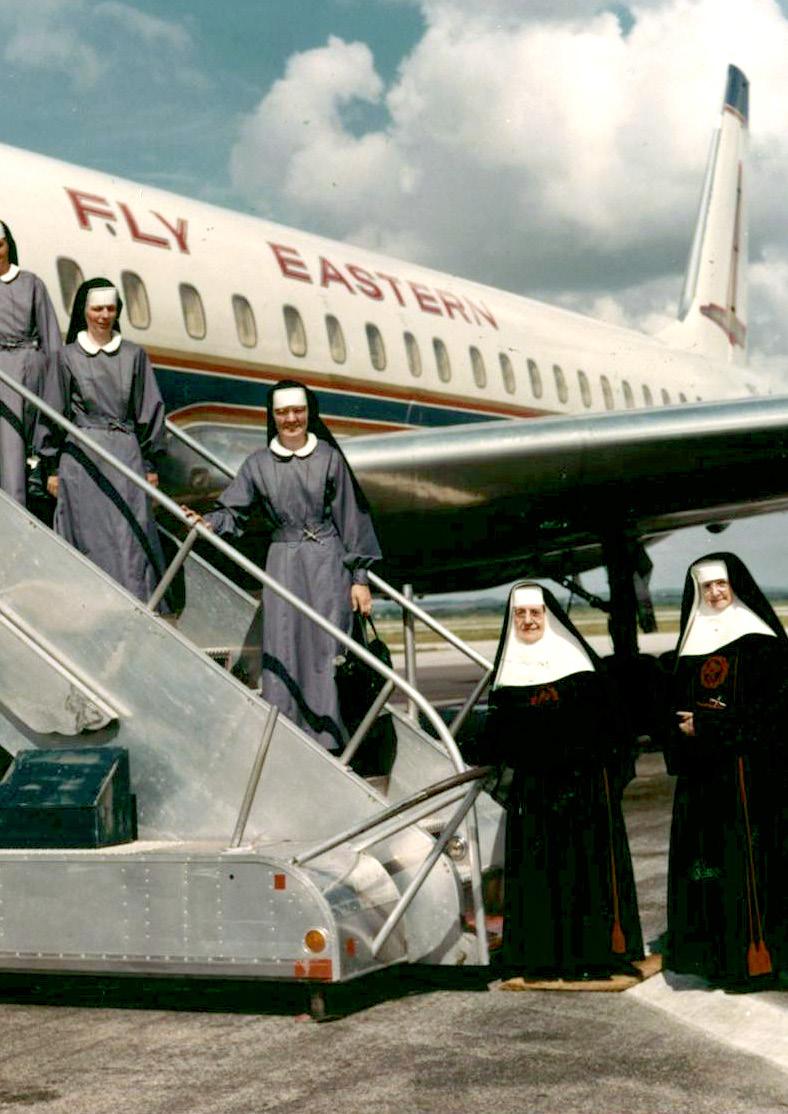
13
We also accompany our Incarnate Word Associates in Peru: the community of Claudio María Dubuis in Comas and the Jeanne Chezart de Matel community in Chimbote, as well as the Miguel Angel Youth Associates community in Los Olivos.

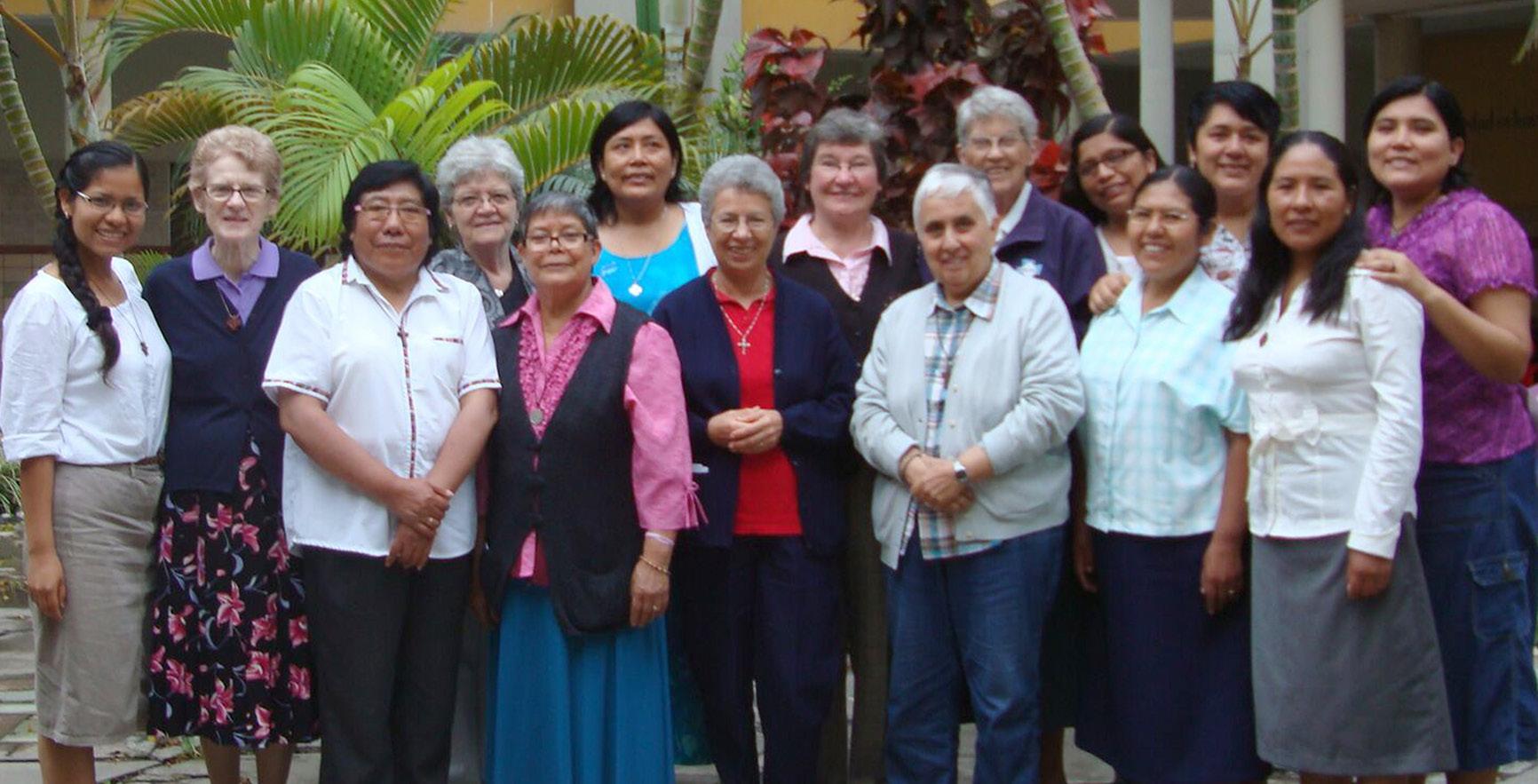
We are also involved in other projects, such as helping women and others most in need from the Nuevo Chimbote desert.
We continue working in Vocation Ministry in Peru at the congregational and diocesan levels, and we accompany young people who want to learn more about our congregation.

After fifty-nine years, our ministries continue to forge ahead.
14
Times have changed since our first Sisters arrived in Chimbote in 1964. However, we continue to extend the merciful love of the Incarnate Word in today’s world, and we strive to be aware of and respond to new and emerging cries of those most vulnerable in our society.
Ministry Spotlight: CHRISTUS Santa Rosa
 By: Jenny Reeves
By: Jenny Reeves
He appealed to Mother M. Angelique Hiver, Superior of the Convent of the Incarnate Word and Blessed Sacrament in Lyon, France to prepare for this mission any young women whom he might interest in founding a new congregation of Sisters dedicated to the care of the sick.
Three sisters, Sisters Blandine Mathelin, Joseph Roussin and Mary Ange Escude, members of the Hospital Sisters of Lyon, agreed to make the journey to Galveston, Texas, established a new congregation, the Congregation of the Sisters of Charity of the Incarnate Word, and opened Charity Hospital, the state’s first Catholic hospital and first private health care provider. Over the next three years, the three pioneers were joined by two other groups of Sisters.

In 1866, Bishop Claude Marie Dubuis turned to his native France to recruit religious women skilled in the field of nursing to care for the sick and suffering in Texas.
15
In early 1869, a cholera epidemic was raging in San Antonio, Texas. With no public hospital to serve the health care needs in the growing city, Bishop Dubuis selected three Sisters from the Galveston community to travel to San Antonio to establish a hospital and convent. Sisters Madeleine Chollet, St. Pierre Cinquin and Agnes Buisson made the 280-mile journey by stagecoach on roads that were nothing more than wagon ruts.


Later that year, they established a small infirmary on Military Plaza in downtown San Antonio. The Congregation also built an orphanage several blocks to the northwest on Houston Street. The infirmary, later named Santa Rosa Medical Center, moved from the noisy plaza to the quieter orphanage site in 1875. From the beginning, it was determined that the facility would be open to all persons without distinction of nationality, color, creed or ability to pay.
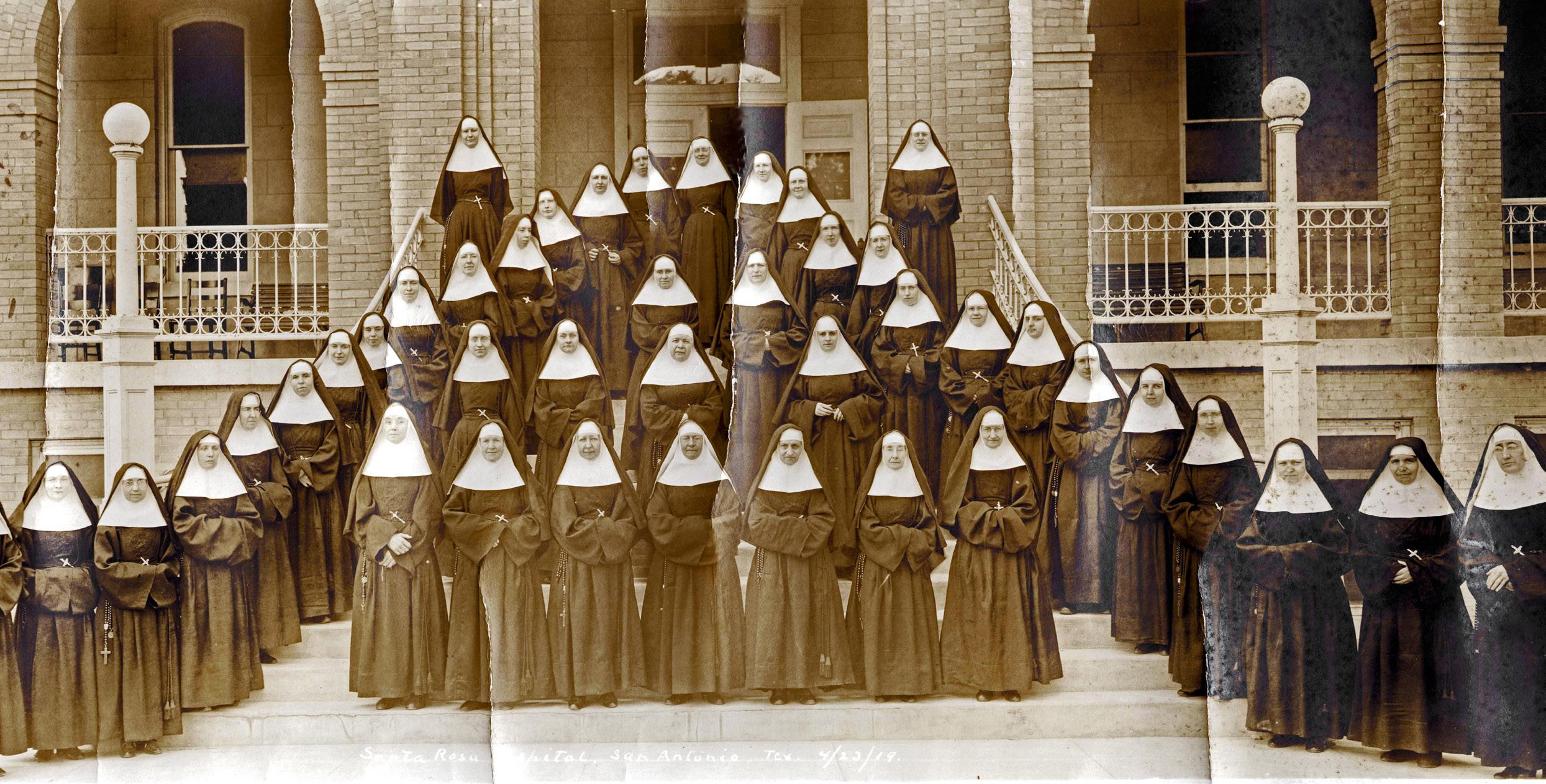
16
Over the next two centuries, the Congregation of the Sisters of Charity of the Incarnate Word of Houston and of San Antonio continued to grow, and formed large, independent health systems: The Sisters of Charity Health Care System (Houston) and the Incarnate Word Health System (San Antonio).
In 1959, Santa Rosa Children’s Hospital became the city’s first hospital dedicated to caring for children. Located on the same campus as Santa Rosa Hospital on Houston Street, the children’s hospital provided specialized pediatric care to thousands of the most vulnerable children and their families.
In 1999, the two historic Catholic health care ministries became one, forming CHRISTUS Health and creating a unique purpose in the modern health care market: to continue to carry out the mission of extending the healing ministry of Jesus Christ. In 2016, the Sisters of the Holy Family of Nazareth Health system joined CHRISTUS Health.
Over the next 20 years, CHRISTUS Santa Rosa Health System would add hospitals in New Braunfels,
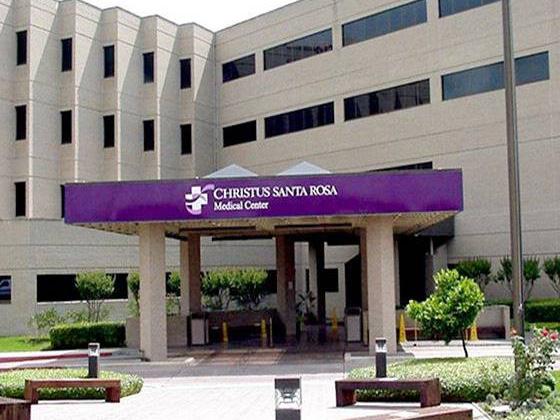
Westover Hills, Alamo Heights and San Marcos, Texas, along with numerous surgical centers and a network of employed primary and specialty care physicians.
In 2012, CHRISTUS Santa Rosa made a bold move to expand maternal and pediatric care by transforming its downtown campus into the region’s only freestanding, academic children’s hospital. Children’s Hospital of San Antonio, now named CHRISTUS Children’s, is an entire campus that spans a city block, providing comprehensive specialty and subspecialty care for children of all ages and for pregnant women. In partnership with Baylor College of Medicine, CHRISTUS Children’s is a destination for patients and families from all over the world and an important training site for future pediatric physicians.

17
From its humble beginnings in 1869 when the Sisters of Charity of the Incarnate Word, San Antonio, founded Santa Rosa Infirmary, CHRISTUS Santa Rosa Health System has grown and flourished. The Sisters’ pioneering spirit is still evident today, 154 years later, as the System grows to meet the rapidly changing needs of one of the fastest growing regions in all of Texas.
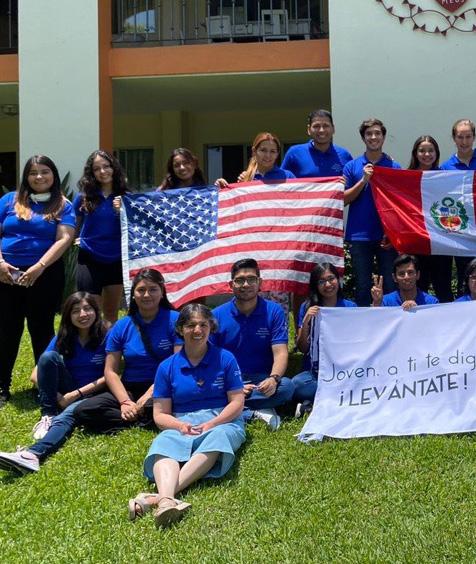
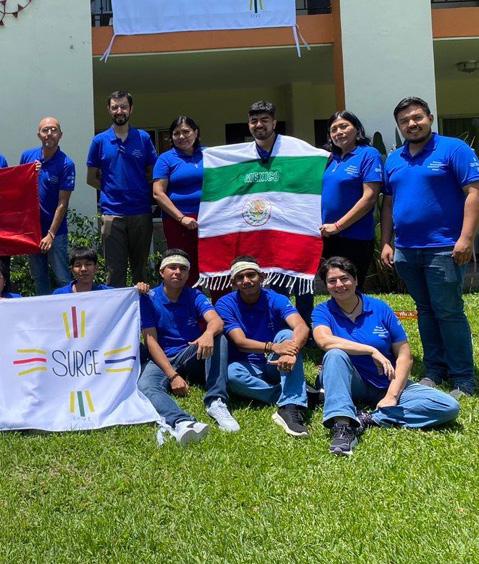
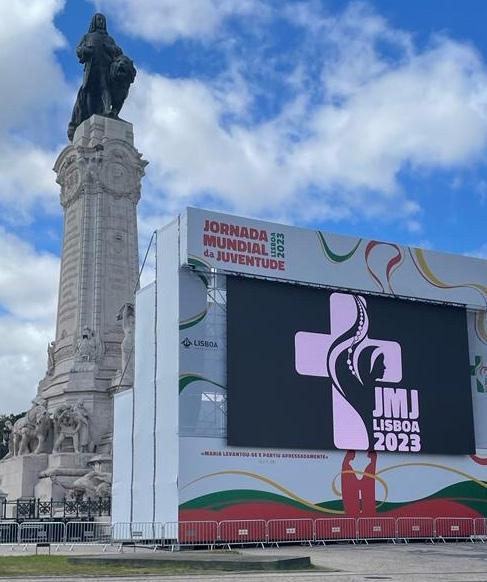

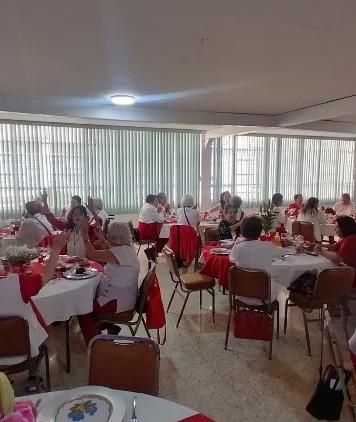
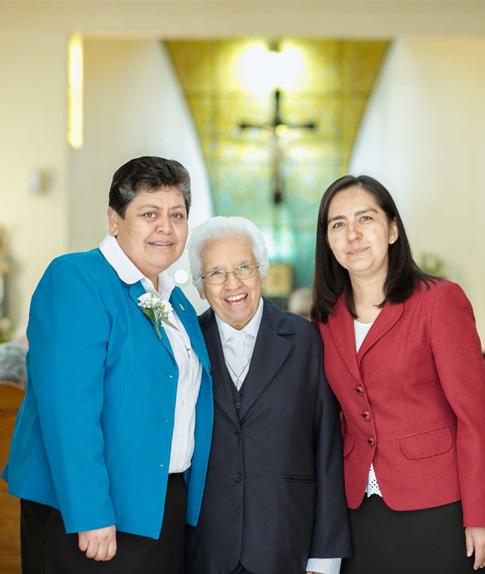

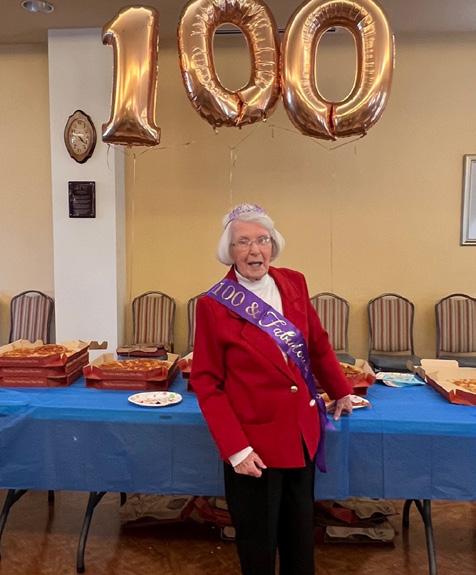



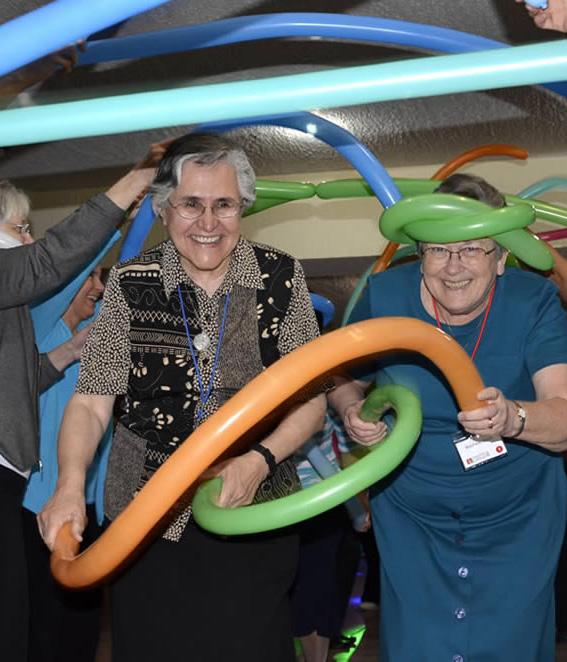
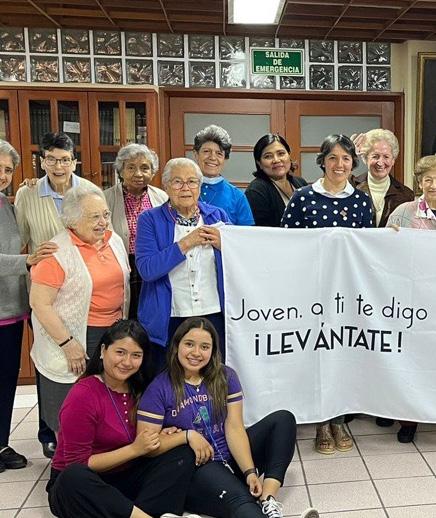

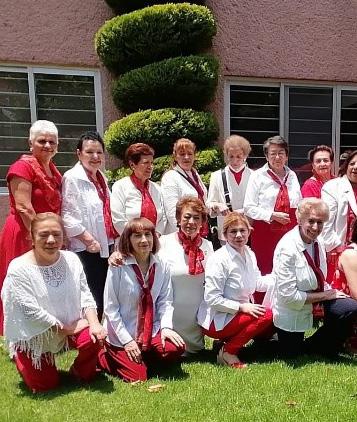

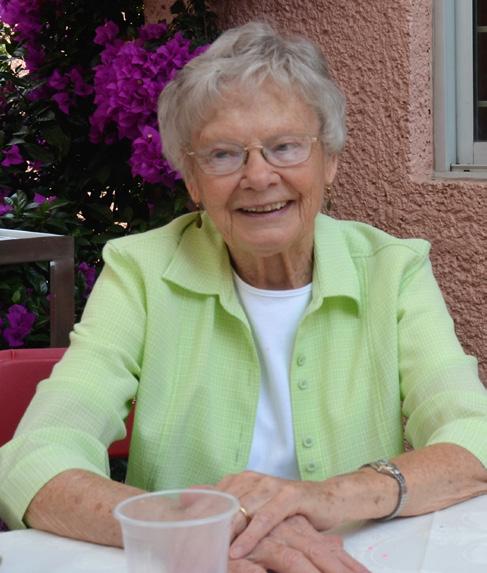


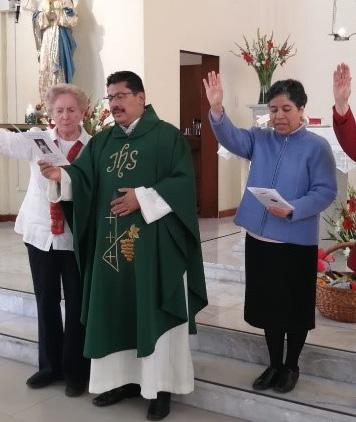

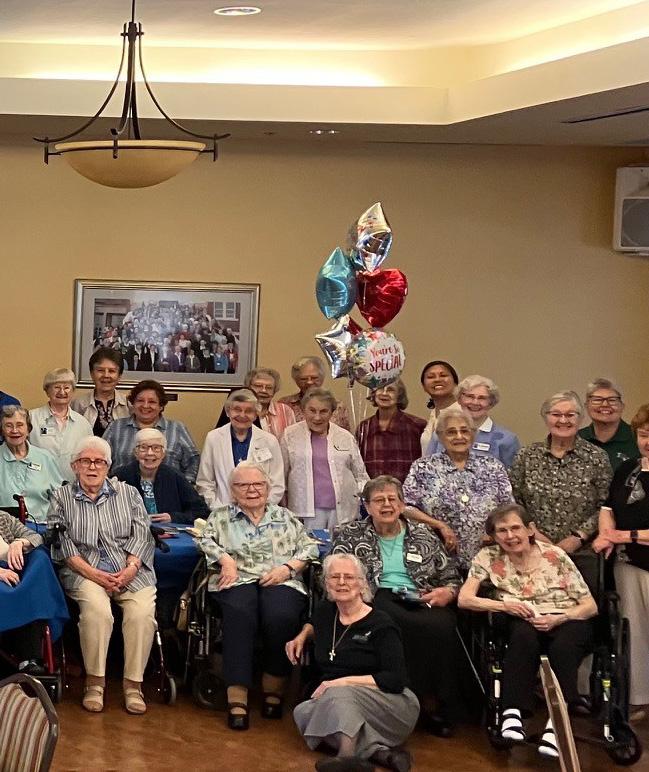



“A life for God and a heart for others”





 Sr. Yolanda Tarango
Sr. Yolanda Tarango

 By: Sr. Corine Walsh
By: Sr. Corine Walsh















 By: Jenny Reeves
By: Jenny Reeves






























